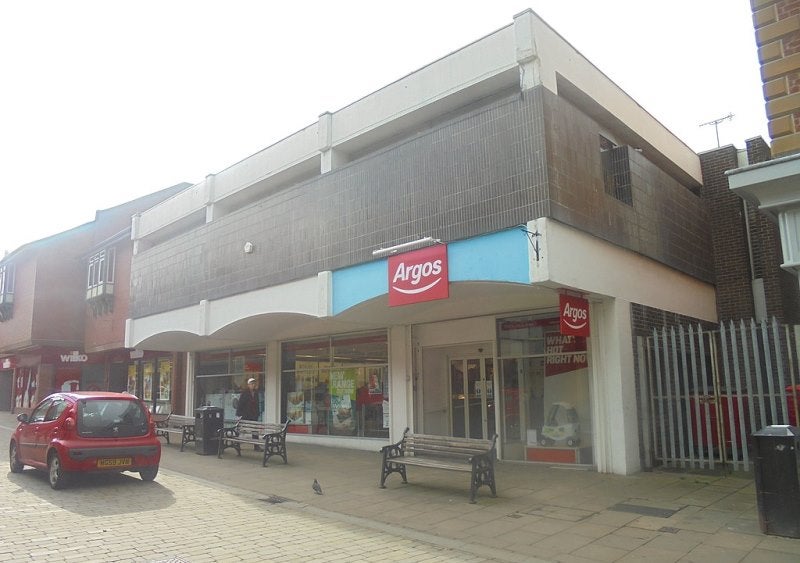
British retailer Sainsbury’s is planning to close up to 125 stores across its portfolio as part of its store estate review.
The closures will include 60 to 70 standalone Argos stores, up to 15 supermarkets and 30 to 40 convenience stores.
The company is also planning to open ten new supermarkets, 80 new Argos store-in-store outlets in Sainsbury’s stores and 110 new Sainsbury’s Locals as part of its growth plans. This move is expected to deliver £120m of incremental profit over the next five years.
The retailer announced this move as part of the J Sainsbury Capital Markets Day in an effort to create one multi-brand, multi-channel business.
Sainsbury’s said: “We expect the closures to be phased over two years and to deliver an ongoing net operating profit benefit of 20m per year.
“We expect the one-off cost of closures and impairments to be £230m to £270m, of which the cash cost will be £30m to £40m.”
The company is also planning to enhance more than 450 supermarkets, 200 convenience stores and 250 Argos stores this year.
Sainsbury’s also plans to reduce costs by £500m over the next five years, as well as cut debts by £750m, including a net reduction of at least £300m expected to happen in 2019-20 financial year.
The retailer is planning to expand its entry price point (EPP) owned-brand product portfolio from 120 to around 200 by the end of this financial year.
The company added: “We are confident that we can grow sales and sustainably fund investment in our value, service, store estate, and digital proposition.
“This drives our confidence in strong ongoing free cash flow generation, which will continue to support dividend payments and net debt reduction, improving financial flexibility and resilience.”



